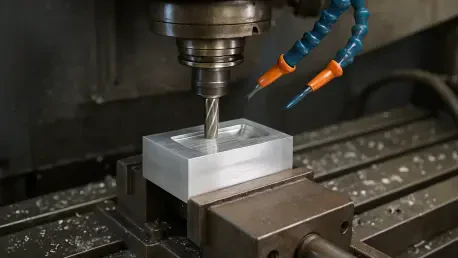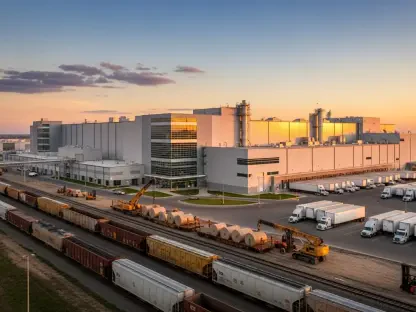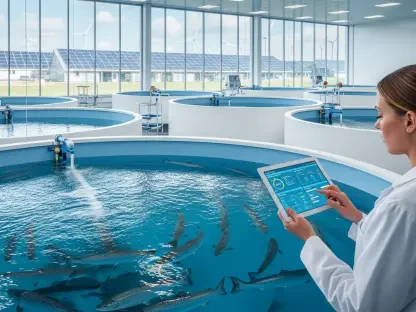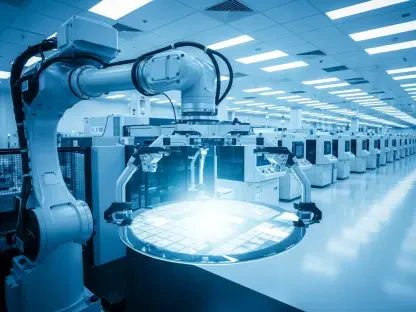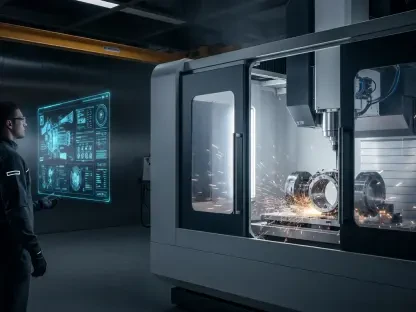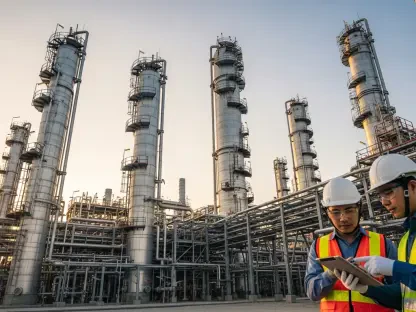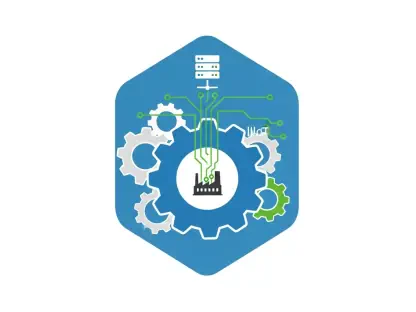As the manufacturing sector grapples with persistent issues like labor shortages, rising production costs, and the need for faster cycle times, a critical question emerges: can automation provide the transformative solutions needed to address these challenges? Across industries such as automotive, aerospace, and medical technology, companies are increasingly turning to advanced technologies to boost efficiency and maintain competitiveness. A notable example of this trend is a recent event hosted by a leading supplier of CNC machining centers and automation solutions, which showcased how cutting-edge systems can tackle some of the most pressing obstacles in precision manufacturing. Held at a state-of-the-art facility in Michigan, this gathering offered a glimpse into the potential of automated processes to revolutionize production workflows. By demonstrating real-world applications and fostering industry dialogue, the event highlighted a growing consensus that automation could indeed be a game-changer for manufacturers striving to meet modern demands.
Showcasing Innovation Through Industry Events
Exploring Cutting-Edge Machining Technologies
One of the standout features of the Michigan event was the opportunity to witness live demonstrations of advanced machining equipment in action, offering tangible proof of automation’s impact on manufacturing efficiency. A key highlight was the presentation of a twin-spindle CNC machining center, which seamlessly produced a complex firearm optic component through fully automated processes. This setup, incorporating robotic integration and a multi-pallet system, demonstrated the ability to operate autonomously for extended periods, handling everything from raw stock to finished workpieces. Such capabilities directly address labor constraints by minimizing the need for human intervention, allowing production to continue even during off-hours. This “lights-out” manufacturing approach not only boosts output but also reduces operational costs, presenting a compelling case for industries facing workforce shortages. The precision and consistency displayed underscored how automation can elevate quality standards in high-stakes sectors.
Beyond the firearm component demonstration, another impressive showcase focused on aerospace applications, illustrating the versatility of automated systems in handling large-scale, intricate tasks. A specialized machining center was used to craft a wing rib for aircraft, emphasizing exceptional speed and stability in processing complex geometries. This example highlighted how automation can meet the stringent demands of industries where precision is non-negotiable, ensuring that even the most challenging components are produced with exacting accuracy. The ability to manage such diverse projects—from small, detailed parts to massive structural elements—suggests that automation holds the potential to transform workflows across a wide range of manufacturing domains. Attendees gained insight into how these technologies can be tailored to specific needs, reinforcing the idea that scalable solutions are within reach for companies of varying sizes and specializations.
Engaging Stakeholders With Holistic Experiences
The event also prioritized creating a comprehensive experience for participants, extending beyond mere technical displays to foster deeper industry connections and knowledge sharing. Facility tours offered a behind-the-scenes look at the operational scope of a major automation solutions provider, revealing the infrastructure that supports cutting-edge manufacturing technologies. These walkthroughs provided a clearer understanding of how integrated systems and advanced machinery come together to create efficient production environments. By showcasing the physical setup and processes, the tours helped demystify the implementation of automation, making it more accessible to manufacturers considering similar investments. This transparency is crucial for building trust and encouraging adoption among businesses hesitant to transition from traditional methods.
In addition to the tours, the event facilitated valuable networking opportunities, allowing attendees to interact with engineers, executives, and vendor partners in a collaborative setting. These interactions proved instrumental in sparking discussions about real-world challenges and potential solutions tailored to specific industry needs. Technology insights shared during the sessions delved into the benefits of multi-spindle machining and self-sufficient production cells, illustrating their role in driving productivity across sectors like defense and electric vehicles. The inclusion of guest speakers and interactive elements further enriched the experience, creating a dynamic platform for learning and engagement. This blend of education and connection emphasized that automation’s success relies not just on technology, but also on building a community of informed stakeholders ready to embrace change.
Addressing Core Manufacturing Challenges
Tackling Labor Shortages and Productivity Demands
A central theme of the event was the urgent need to address labor shortages, a challenge that continues to hinder manufacturing growth across multiple industries. Automation emerged as a powerful tool in this context, with demonstrated systems capable of running independently for extended durations, significantly reducing reliance on human operators. For instance, the ability of certain machining centers to manage up to 24 pallets of material autonomously showcased a practical solution for maintaining output despite staffing constraints. This approach not only alleviates the pressure of finding skilled workers but also ensures consistent production schedules, a critical factor for meeting tight deadlines. As manufacturers face increasing competition, such innovations offer a pathway to sustain operations without compromising on quality or efficiency.
Equally important was the focus on enhancing productivity, a key concern for industries striving to optimize output while controlling costs. The showcased technologies revealed how automation can drastically cut cycle times through streamlined processes and integrated robotic systems. By automating repetitive tasks and minimizing downtime, these solutions enable manufacturers to handle higher volumes with greater precision. The event’s emphasis on real-time demonstrations provided concrete evidence of these benefits, showing how even complex components can be produced faster without sacrificing accuracy. This capability is particularly vital for sectors like automotive and aerospace, where speed and reliability are paramount. As companies look to scale operations, the adoption of such automated systems could redefine benchmarks for productivity in manufacturing environments.
Ensuring Compliance and Precision in Regulated Industries
Another critical aspect highlighted during the event was the role of automation in meeting stringent industry standards, particularly in highly regulated fields such as defense and medical technology. Adherence to frameworks like ITAR and ISO is non-negotiable for manufacturers serving these markets, and the showcased systems were designed with compliance in mind, ensuring reliability for sensitive projects. Automated processes reduce the risk of human error, a significant factor in maintaining consistent quality under strict guidelines. This reliability positions automation as a trusted ally for companies navigating the complexities of regulatory requirements, allowing them to focus on innovation rather than compliance concerns.
Furthermore, the precision offered by advanced machining centers proved to be a cornerstone of their value in regulated industries. The ability to produce intricate components with exacting tolerances was evident in every demonstration, from small firearm optics to large aerospace parts. Such accuracy is essential for applications where even minor deviations can have significant consequences, underscoring automation’s potential to uphold the highest standards. By integrating these technologies, manufacturers can confidently tackle projects that demand meticulous attention to detail, ensuring both safety and performance. The event made it clear that automation not only addresses efficiency but also elevates the quality necessary for critical applications, paving the way for broader industry advancements.
Reflecting on Transformative Solutions
Looking back on the insights gained from the event, it became evident that automation has already proven its capacity to address some of the most daunting challenges in manufacturing. The live demonstrations and discussions held in Michigan illuminated how technologies like twin-spindle CNC centers and robotic integration tackle issues ranging from labor shortages to precision demands with remarkable success. As industries reflect on these advancements, the path forward seems to lie in wider adoption and customization of such systems. Manufacturers are encouraged to evaluate their specific needs and explore how scalable automation solutions can integrate into existing workflows. Collaborating with technology providers and investing in training for staff emerge as actionable next steps to ensure seamless transitions. By building on the momentum of such industry showcases, companies can position themselves to not only overcome current hurdles but also anticipate future demands with innovative, automated approaches.
